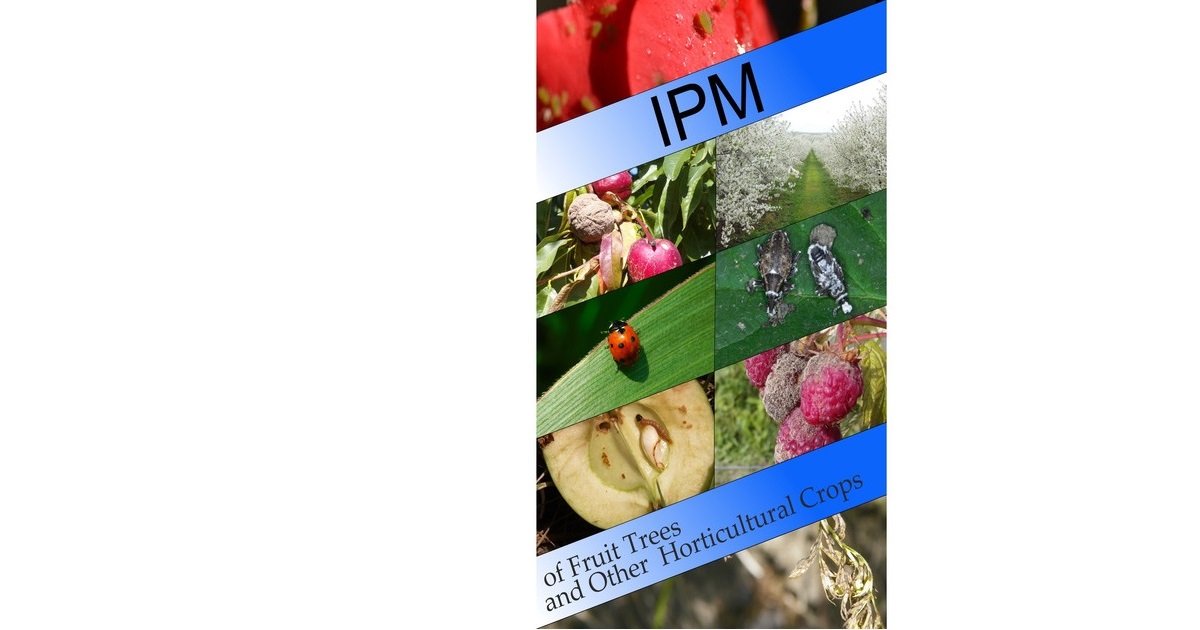Integrated Pest Management of Fruit Trees and Other Horticultural Crops
A special issue of Horticulturae (ISSN 2311-7524). This special issue belongs to the section "Insect Pest Management".
Deadline for manuscript submissions: 25 April 2024 | Viewed by 5526

Special Issue Editors
Interests: entomology; Thysanoptera; plant protection; integrated pest management; biological and biotechnical plant control; beneficial organisms in plant control; plant resistance to pest
Interests: acarology; applied entomology; ecology; integrated pest management; biological control; taxonomy; biodiversity; conservation
Interests: biological control; ecology; environmental science; entomology; pest management; insect ecology; integrated pest management; agricultural entomology; invertebrate conservation
Interests: biological control; endosymbionts; integrative taxonomy; invasive species
Special Issues, Collections and Topics in MDPI journals
Special Issue Information
Dear Colleagues,
Many pests negatively affect fruits, vegetables, herbs and spices, edible mushrooms and ornamental plants production in the world. Many methods are used by the producers to minimize the quality and quantity losses of these pests in horticultural production. Integrated Pest Management aims to safely maintain economic, effective and long-term pest control. Generally, it contains suppressing pest populations to economic injury levels rather than eradicating them completely based on the use of different tactics (biological, genetic, cultural, physical etc.) to be combined with chemical control.
This special Issue address all principal component of IPM: prevention of pests (pre-sowing soil activities, crop rotation, use of resistant varieties), conservation and evaluation of natural enemies, monitoring and decision based on monitoring and thresholds (crop monitoring, pest prediction models, pheromone traps, sticky traps), non-chemical methods (mechanical control, trap cultivation, intercropping, physical control, biological control or various biotechnical methods), pesticide selection and reduced pesticide use and, anti-resistance strategies.
Dr. Maria Pobożniak
Dr. Sebahat K. Ozman-Sullivan
Dr. Gregory Thomas Sullivan
Dr. Umberto Bernardo
Guest Editors
Manuscript Submission Information
Manuscripts should be submitted online at www.mdpi.com by registering and logging in to this website. Once you are registered, click here to go to the submission form. Manuscripts can be submitted until the deadline. All submissions that pass pre-check are peer-reviewed. Accepted papers will be published continuously in the journal (as soon as accepted) and will be listed together on the special issue website. Research articles, review articles as well as short communications are invited. For planned papers, a title and short abstract (about 100 words) can be sent to the Editorial Office for announcement on this website.
Submitted manuscripts should not have been published previously, nor be under consideration for publication elsewhere (except conference proceedings papers). All manuscripts are thoroughly refereed through a single-blind peer-review process. A guide for authors and other relevant information for submission of manuscripts is available on the Instructions for Authors page. Horticulturae is an international peer-reviewed open access monthly journal published by MDPI.
Please visit the Instructions for Authors page before submitting a manuscript. The Article Processing Charge (APC) for publication in this open access journal is 2200 CHF (Swiss Francs). Submitted papers should be well formatted and use good English. Authors may use MDPI's English editing service prior to publication or during author revisions.
Keywords
- pest management practices
- insect pests, plant diseases, pest monitoring
- beneficial organisms, plant resistance to pest, biodiversity
- genotype, varieties
- biopesticides
- conventional insecticides
- crop residues
- yield losses








